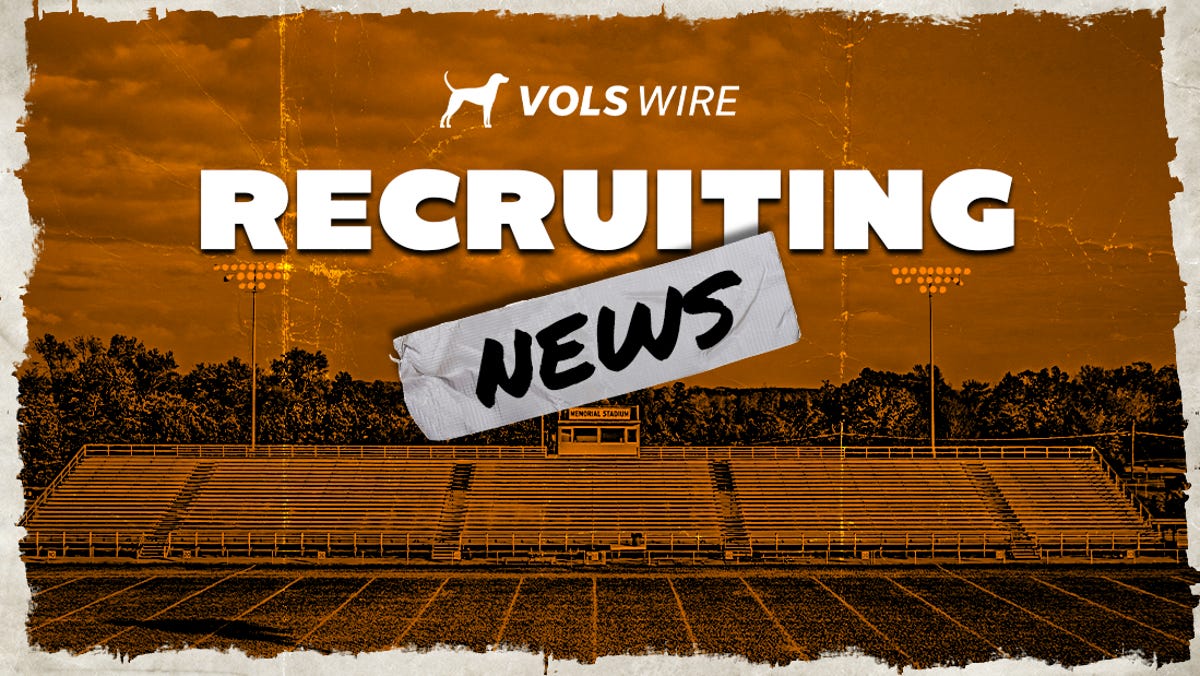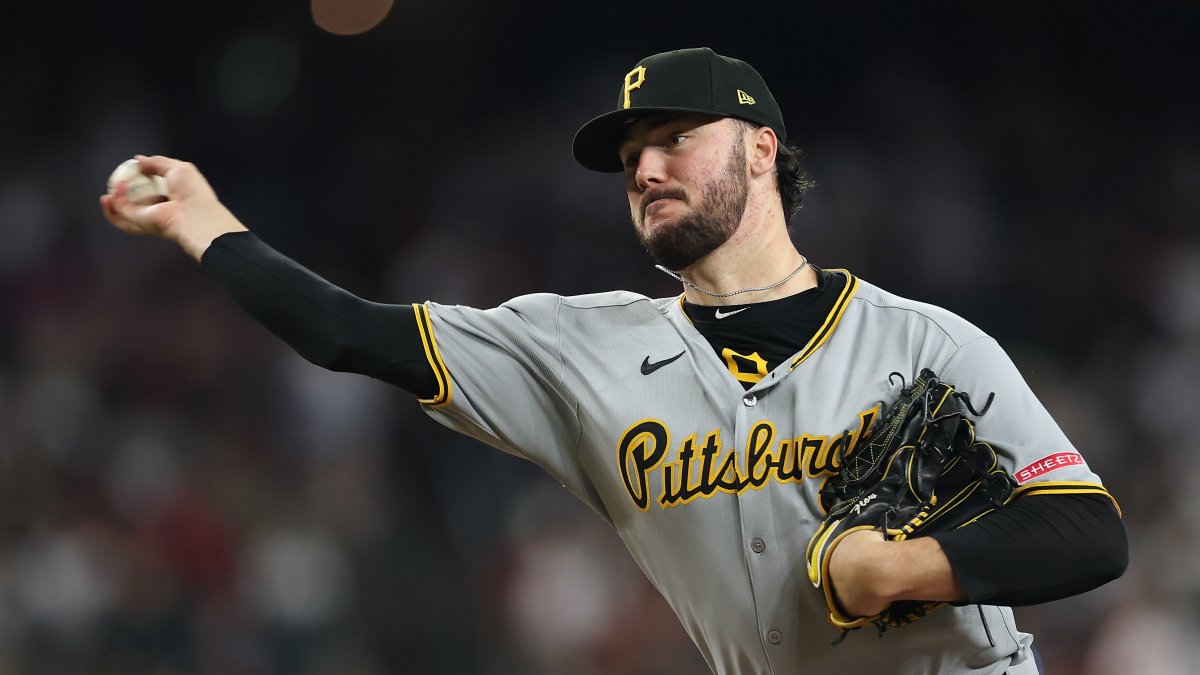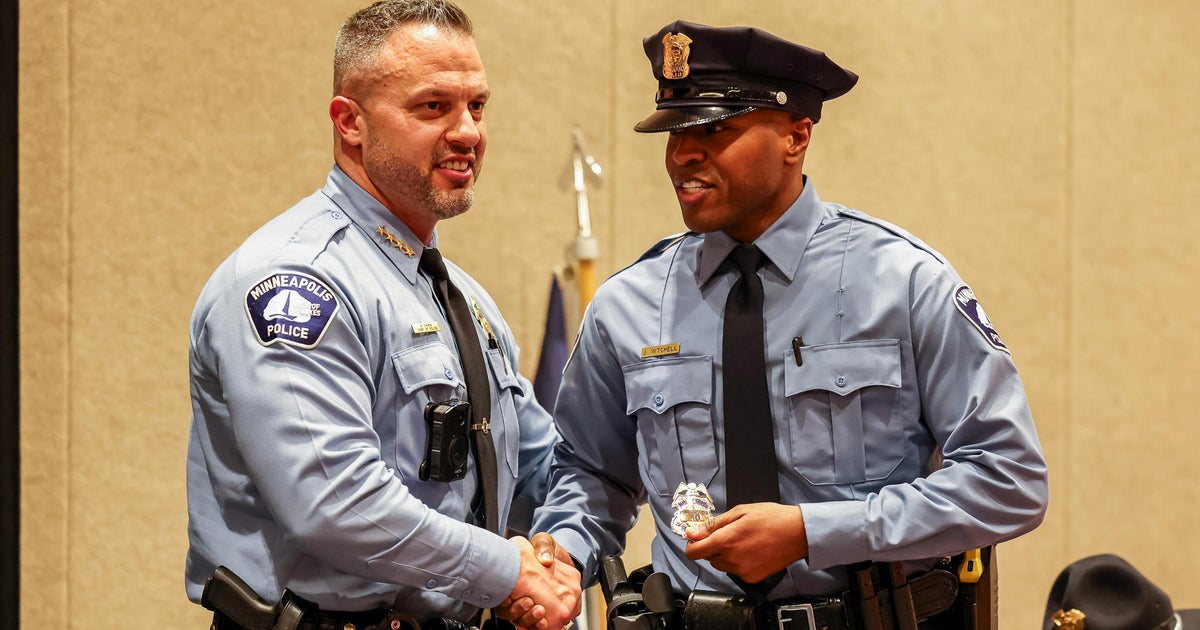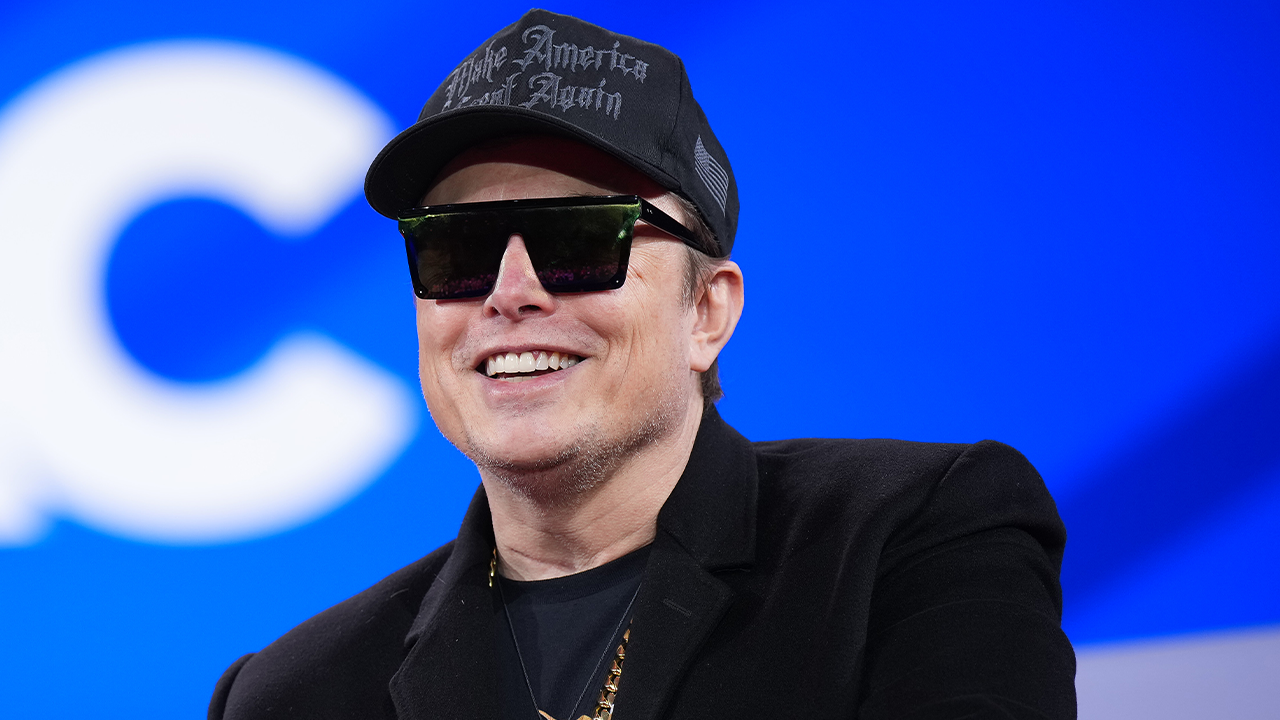San Francisco, CA
Driverless cars are driving San Francisco crazy — ‘They are not ready for prime time’

A street was blocked for road work in my San Francisco neighborhood this month, with a worker holding a large STOP sign to direct traffic.
A white car did as instructed, stopping in the middle of the intersection and blocking traffic at the four way intersection. No one was in the driver’s seat and there were no passengers, nor any training drivers — it was a Cruise driverless car, one of many that have flooded streets in the city in the last two years.
The public works employee holding the sign was flummoxed as how to get the car to move away. After several minutes, the car slowly backed its way out and crossed the street, but ended up on the wrong side. After another 10 minutes, it managed to pull itself together, get in the right lane and drive down the hill.
Most San Francisco residents can tell a similar story. The growing driverless car fleets in San Francisco are both a fascinating glimpse of science fiction come to life and a scary example of how Big Tech and auto companies have run roughshod over a congested city, with technology that really isn’t ready yet and little regulation to keep it at bay.
Now, the problem is coming to a head. San Francisco public officials have had enough, and are speaking out about safety threats ahead of a hearing next month that could let companies expand into larger fleets of fare-generating robotaxis.
“They are not ready for prime time,” San Francisco Fire Chief Jeanine Nicholson told MarketWatch in an interview.
“They have run over our hoses, they have blocked our fire engines from going on calls, they have just blocked our vehicles from getting down streets where there is a possible fire. They have just done a multitude of things. We had to break the window of one once because we could not get its attention,” Nicholson said.
While the average citizen can laugh at the stalled cars in city streets, the vehicles represent a major impediment for first responders. The San Francisco fire chief believes they put the city’s firefighters and residents at risk.
“Response time matters — a fire can double in size in a minute,” she said.
Aaron Peskin, president of the city’s Board of Supervisors, said there have been 66 incidents in which driverless cars interfered with first responders this year. But the city has little control over the cars operated by Cruise, a unit of General Motors Co.
GM,
and Waymo LLC, a subsidiary of Google parent Alphabet Inc.
GOOG,
GOOGL,
Both companies already have Department of Motor Vehicle permits to deploy a driverless passenger taxi service, a process Peskin described as “Kafka-esque.”
“You have this thing where the DMV colluded with the industry to redact information that otherwise was public,” he said, referring to the result of a lawsuit Waymo filed last year against the DMV to keep its crash data private, arguing that it held trade secrets. “The funny thing is it’s not like San Francisco is trying to say ‘let’s put the genie back in the bottle.’ We are trying to ensure that our streets are safe. They have become too congested.”
Both companies are seeking to expand their operations into fare-generating robotaxis in San Francisco, leading to a crucial meeting of California’s Public Utility Commission now slated for July. Waymo is seeking to begin passenger robo-taxi service in the city, while Cruise is seeking to expand its passenger robo-taxi service to the entire city, 24 hours a day, and remove exclusions of steep hills and roundabouts, deploying 100 vehicles. Helpfully for the companies, one PUC commissioner appointed by Gov. Gavin Newsom in 2021 is John Reynolds, who was managing counsel of Cruise until 2019.
Resistance is building locally and nationally. Cathy Chase, president of Advocates for Highway and Auto Safety, a nonprofit in Washington seeking more regulation and data transparency on autonomous vehicles as part of its mission for more highway and road safety, said it was “illogical and irresponsible at best, and dangerous and deadly at worst, to go forward with any expansion until the significant problems have been resolved.”
The San Francisco Municipal Transportation Authority (SFMTA) wrote letters of protest to both company’s applications. In May, the SFMTA said that since it wrote its first letter in January, “new hazards from driverless AV operations in San Francisco have been reported, and general public complaints about driverless AV operations have increased significantly.”
In May, a Waymo vehicle hit and killed a small dog that was off leash, while a test driver was at the wheel, in what the company said was an unavoidable accident. In June, a Cruise vehicle with no driver started to enter a mass shooting scene in the Mission District, and a video on Twitter showed a police officer yelling to get the car removed. Cruise said a lane was open for emergency vehicles and that its car did a U-turn and pulled over. In April, five Waymo cars stopped and blocked traffic in the Balboa Terrace area, in dense fog, a big problem for the vision systems.
The letters note that both Waymo and Cruise have “committed numerous violations that would preclude any teenager from getting a California’s Driver’s License.” The SFMTA also calls out the PUC for relying on the DMV for approvals, saying that its draft resolution to approve expansions of both companies is an attempt to “deflect rather than exercise the Commission’s duty to protect public safety.”
Waymo said it has been working with public safety officials and provides them a phone number to reach Waymo directly in the event that one of its cars stop. Cruise said it is proud of its safety record “which is publicly reported and includes millions of miles driven in an extremely complex urban environment.” Both companies have over 30 letters of support for their plans, from a range of groups including many representing the disabled, such as the National Federation of the Blind of California.
“It’s because of the donations,” Peskin said.
But the city’s fire chief Nicholson said there needs to be more from the companies than PR statements and lessons on how to stop their vehicles.
“They really need to sit down with us and figure out a solution,” she said, adding that when the fire department is in the middle of putting out a fire or rescuing victims or dealing with a health emergency, “to have to handle one of their vehicles, it’s just ridiculous.”
As is the case with many new technologies, history does tend to repeat itself.
Chris Gerdes, a professor of mechanical engineering at Stanford University and co-director of the Center for Automotive Research at Stanford (CARS) said that as part of work he has been doing with Ford Motor Co.
F,
he has been researching ethical and legal issues associated with automated vehicles. These same issues came up when the first automobiles started to arrive on public streets at the turn of the 20th century, clashing with horses and buggies.
“You go back and look at the debates when the car came out,” Gerdes said, and “there were a lot of debates around should these things be allowed on the road, should they be allowed everywhere? These questions that are coming now were asked about cars back in the day. They can block the road, they can scare horses. Is this something we want to have on the roads? Is it even legal for them to be on the roads?”
But there is a need to demonstrate that driverless cars are compatible with existing laws and the uses of the roads, he said. “The question becomes at what point do these isolated incidents add to up to danger, to what extent do these compromise the city’s priorities or mobility and traffic flow.” He said they need to compare the autonomous-vehicle data with that from human drivers.
The SFMTA provided comparison data in its letters of protest. According to the SFMTA, based on data filed with the NHTSA, Cruise’s injury crash rate is estimated to have been 506 injury crashes per 100 million vehicle miles traveled (VMT) between June and November, 2022—approximately 6.3 times the 2021 national average, which is 80 injury crashes per 100 million VMT. Waymo’s injury crash rate is estimated to be 104 injuries per 100 million VMT, approximately 1.3 times the national average, the SFMTA said, when looking at the same period.
“The collision rate from that small fraction of Cruise driverless operations appears to exceed the collision rate for human drivers,” the SFMTA said in its Cruise letter. For Waymo, the agency said it recommends the commission expand on the findings with a more thorough analysis. “Within the complex driving environment of San Francisco city streets, we must conclude that the technology is still under development and has not reached this goal,” the SFMTA said in its Waymo letter.
Some in San Francisco are hopeful the delay of the PUC meeting to July 13 is a good sign that the commission is listening to more input from city officials. In its letters, the SFMTA and the San Francisco City Attorney hint at the next step they could take, noting that the PUC “must conduct an environmental review” of Cruise’s and Waymo’s expansion plans, because its actions could cause environmental impacts. What goes unsaid is that the city could seek to compel such a review with a lawsuit.
Peskin said he has received letters from former employees of the companies saying that autonomous robotaxis are, as the fire chief said, “not ready for prime time.” The workers said they had signed nondisclosure agreements that kept them from saying so publicly. Peskin suggested it could end up like the tobacco industry’s whistleblower case.
“We would rather work with them than waste taxpayers’ money on lawsuits,” Peskin said, adding that the companies could continue to test their cars with test drivers — an option that is not likely to be acceptable by the companies seeking to make money from their big investment.
“San Francisco is the perfect place to test them,” he said. “But they still haven’t worked these kinks out.”
The city of San Francisco is beaten down at the moment, thanks in part to its past close relationship with tech. As the downtown core suffers from the departure of the tech workers that defined it for the past decade, city officials are doing what they can to ensure that the technology some of them created does not become the next hated addition to the city.

San Francisco, CA
San Francisco’s 45-Foot Statue Of A Naked Woman Triggers Social Media Storm
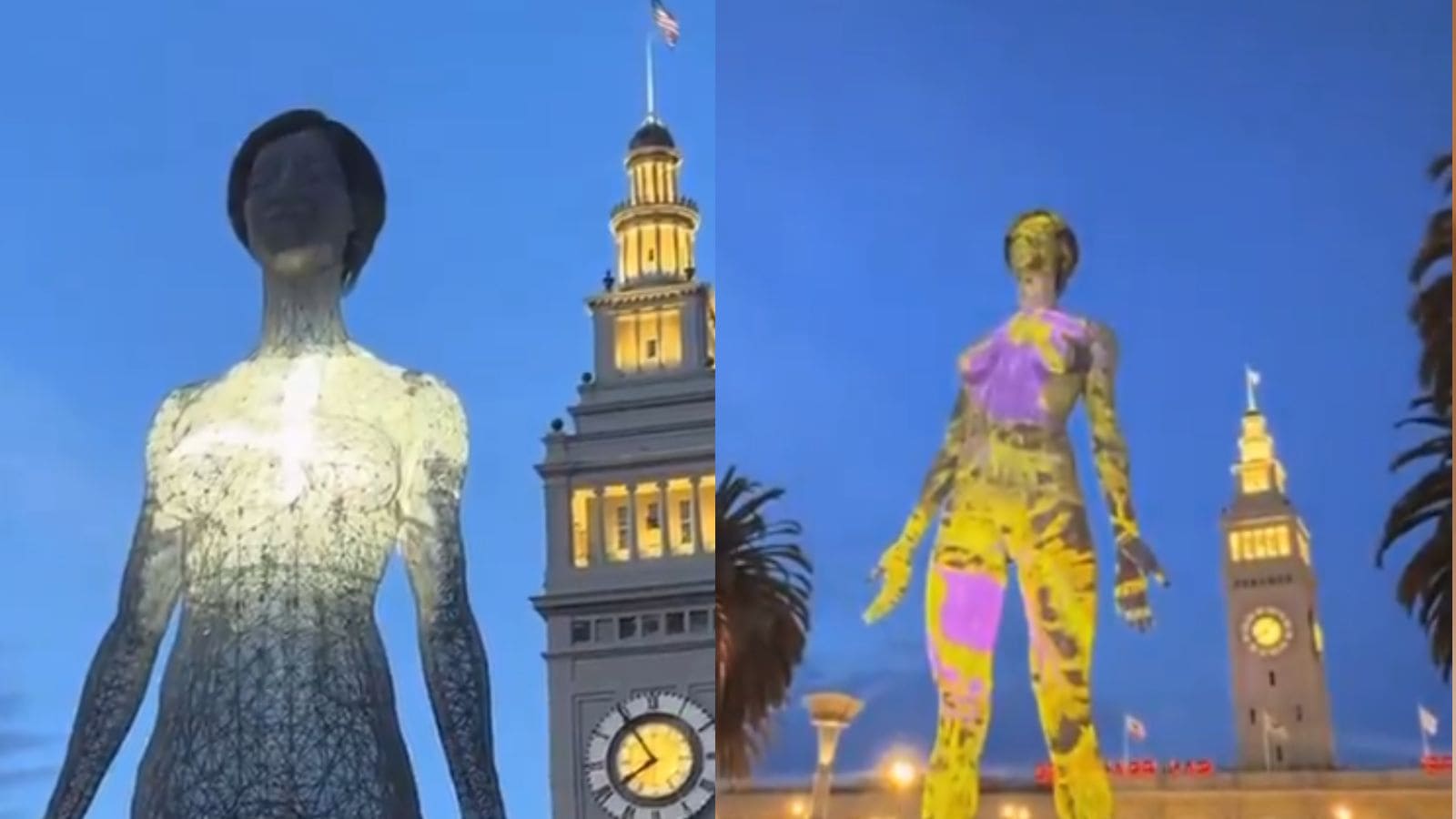
Last Updated:
The statue was installed last month with hopes it will attract more visitors and help boost economic activity in the city.
The statue is called R-Evolution. (Photo Credit: X)
San Francisco’s Embarcadero Plaza is home to a new, eye-catching figure – a 45-foot tall statue of a naked woman. Named R-Evolution, this steel sculpture weighs 15,000 kg and shines with multicoloured lights. Created by artist Marco Cochrane, it is the final piece in his ‘The Bliss Project’ series, which debuted at the Burning Man festival in 2015.
The San Francisco Recreation and Park Department, together with The Sijbrandij Foundation and Building 180, installed the statue last month hoping it will attract more visitors and help boost economic activity in the city.
Social media platforms have been buzzing with opinions.
A user wrote on X, formerly Twitter, “San Francisco unveiled their 45-foot statue of a nude woman Thursday at Embarcadero Plaza to attract tourism. The piece is titled ‘R-Evolution.’ SF continues to be plagued by crime, homeless and illegals. The city would have many more tourists if these issues were addressed.”
San Francisco unveiled their 45-foot statue of a nude woman Thursday at Embarcadero Plaza to attract tourism. The piece is titled “R-Evolution.”SF continues to be plagued by crime, homeless, and illegals. The city would have many more tourists if these issues were addressed. pic.twitter.com/zc0EUunniF
— Paul A. Szypula 🇺🇸 (@Bubblebathgirl) April 13, 2025
Another wrote, “Public art is a waste of money.”
Public art is a waste of money.— Jakob Mi (@Jakob_Mi_) April 13, 2025
“This is not the way to attract more tourists,” a comment read.
This is not the way to attract more tourists.— reddog (@reddog38104528) April 13, 2025
Someone said, “This is weird.”
“And the point of that statue is what??” a user asked.
And the point of that statue is what??— Vortex9 (@Savage_Vortex9) April 10, 2025
The Recreation and Park Department defends the installation as gender representation in public art. According to their press release, “Despite making up more than half the population, women are vastly underrepresented in public art, comprising only 8% of statues in the US. This sculpture challenges that imbalance, creating a powerful moment of visibility and reflection.”
R-Evolution is an impressive piece of art. Made with more than 55,000 steel welds, the statue moves slightly for one hour each day to look like it is breathing. At night, it lights up softly with colourful lights, turning Embarcadero Plaza into a beautiful spot to visit after dark.
The artist Marco Cochrane explains his vision behind the sculpture: “This sculpture is about being seen. Women’s presence in public art is rare. When they are depicted, it is often through outdated or passive narratives. R-Evolution challenges that. She stands strong, aware and grounded, calling for a world where all people can walk freely and without fear.”
Cochrane’s work focuses on empowering female figures in a way that breaks away from traditional portrayals. ‘The Bliss Project’ series, ending with R-Evolution, shows women not as passive objects but as powerful, self-aware beings.
- Location :
Delhi, India, India
- First Published:
San Francisco, CA
Arson suspect arrested in San Francisco’s Outer Richmond following suspicious school fires

An arson suspect was arrested in San Francisco’s Outer Richmond neighborhood following suspicious fires at a nearby elementary school, police said Wednesday.
On May 18, a fire destroyed playground equipment at Lafayette Elementary School and 37th Avenue. On May 1, another fire burned a storage container at the school, damaging or destroying everything inside it. The San Francisco Fire Department was determining whether both fires were set intentionally.
On Monday, the San Francisco Police Department said in a press release that plainclothes officers patrolling the area of Balboa and La Playa Streets, about 10 blocks west of the school, observed a man igniting objects while walking in Balboa Natural Area park, police said. The officers later saw a large active working fire and the Fire Department was called to put it out.
Officers canvassed the area and located 29-year-old Joseph Martinez. He was arrested and booked into San Francisco County Jail on charges of arson, possession of an incendiary device to set fire to a structure or forest land, and drug possession charges.
Police said the officers were working with the Fire Department in their joint Arson Task Force to investigate the cases. Anyone with information was asked to contact the Police Department at 415-575-4444 or send a text to TIP411 and begin the message with SFPD.
San Francisco, CA
Wenceel Pérez, Riley Greene power AL-leading Detroit Tigers over San Francisco Giants | TSN

DETROIT (AP) — Wenceel Pérez homered in his first at-bat in his season debut, Jack Flaherty worked six scoreless innings and Riley Greene had three hits and two RBIs as the American League-leading Detroit Tigers beat the San Francisco Giants 3-1 on Tuesday night.
Pérez, who had missed the entire season due to a lower back injury, hit a 2-0 pitch 351 feet to right field in the second inning for his first homer since Aug. 7.
Greene has 22 RBIs in May, the first time in a calender month he has knocked in 20 runs, and has 38 RBIs overall. He is hitting .270 with six homers.
Flaherty (3-6) gave up two hits and a walk while striking out eight as the Tigers won their third straight and improved to 36-20. He retired the last 11 batters he faced. Will Vest pitched the ninth for his seventh save.
Giants starter Logan Webb (5-5) allowed three runs on seven hits and a walk in six innings, striking out 10. San Francisco fell to 2-3 on their current nine-game trip.
Greene gave the Tigers a 1-0 lead with an RBI double in the first. After Pérez homered in the second, Colt Keith led off the third with a triple and scored on Greene’s second hit. He added another double in the fifth before striking out in the eighth.
The Giants scored in the ninth when Heliot Ramos led off with a single and came around on a Wilmer Flores double. Greene made a sliding catch to rob Jung Hoo Lee of a base hit, and Vest retired the next two hitters to end the game.
The Tigers won despite striking out 13 times in eight innings.
Key moment
Giants manager Bob Melvin was ejected by home plate umpire Tony Randazzo after arguing balls and strikes in the fifth inning.
Key stat
Spencer Torkelson, who leads the Tigers in most offensive categories, went 0 for 4 with three strikeouts. He is hitting .207 with six homers and 30 strikeouts in his last 33 games.
Up next
The teams finish their three-game series on Wednesday with Detroit RHP Jackson Jobe (4-1, 4.06) facing RHP Landen Roupp (3-3, 3.63).
___
AP MLB: https://apnews.com/hub/mlb
-

 Culture1 week ago
Culture1 week agoDo You Know the English Novels That Inspired These Movies and TV Shows?
-

 Education1 week ago
Education1 week agoVideo: Columbia University President Is Booed at Commencement Ceremony
-

 Education1 week ago
Education1 week agoHow Usher Writes a Commencement Speech
-
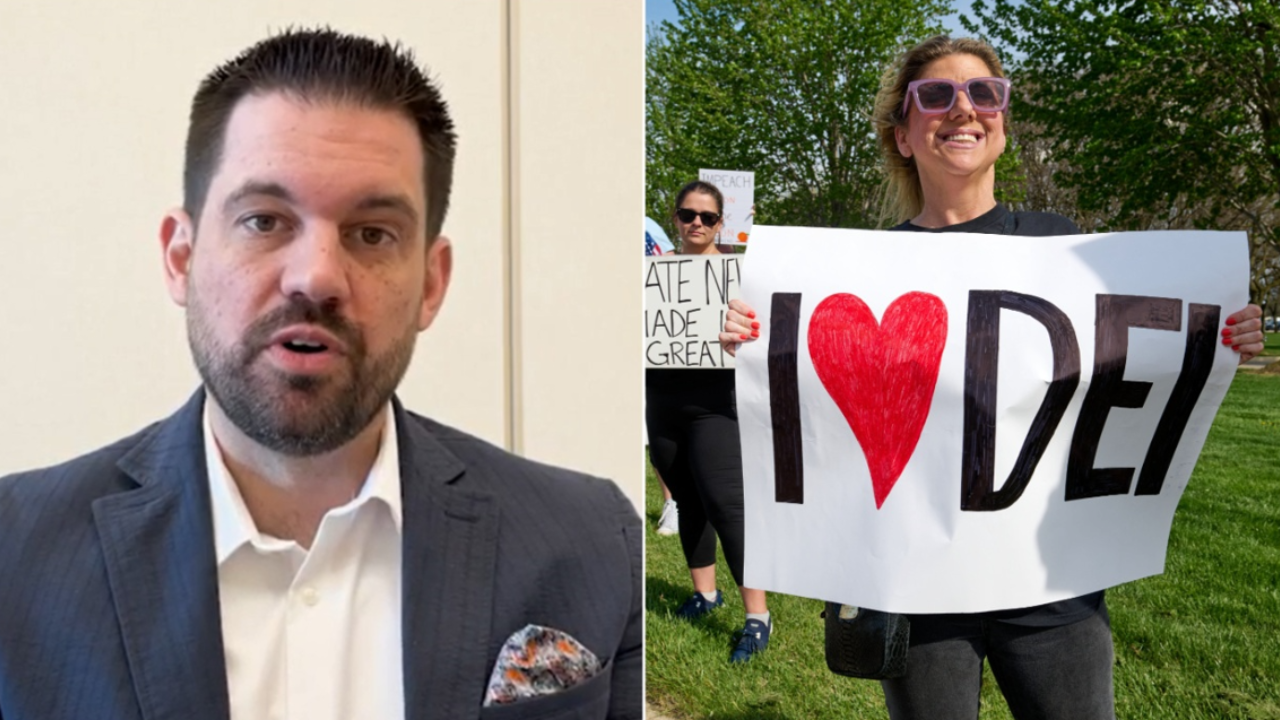
 Politics1 week ago
Politics1 week agoExpert reveals how companies are rebranding 'toxic' DEI policies to skirt Trump-era bans: 'New wrapper'
-

 World1 week ago
World1 week agoEU reaches initial deal to lift economic sanctions on Syria: Reports
-

 Technology1 week ago
Technology1 week agoAMD’s new RX 9060 XT looks set to challenge Nvidia’s RTX 5060
-

 News1 week ago
News1 week agoRead the Full ‘Make America Healthy Again’ Report
-

 News1 week ago
News1 week ago'Golden Dome' Missile Shield To Be 1st US Weapon In Space. All About It


